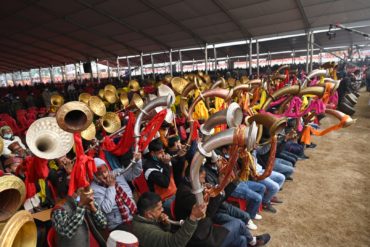Antoine Predock, an acclaimed American architect whose visionary designs left an indelible mark on the architectural landscape, passed away on March 2, 2024, at 87. Predock’s innovative approach to architecture combined modernist principles with a deep respect for the natural environment and cultural context, resulting in strikingly original buildings deeply rooted in their surroundings.
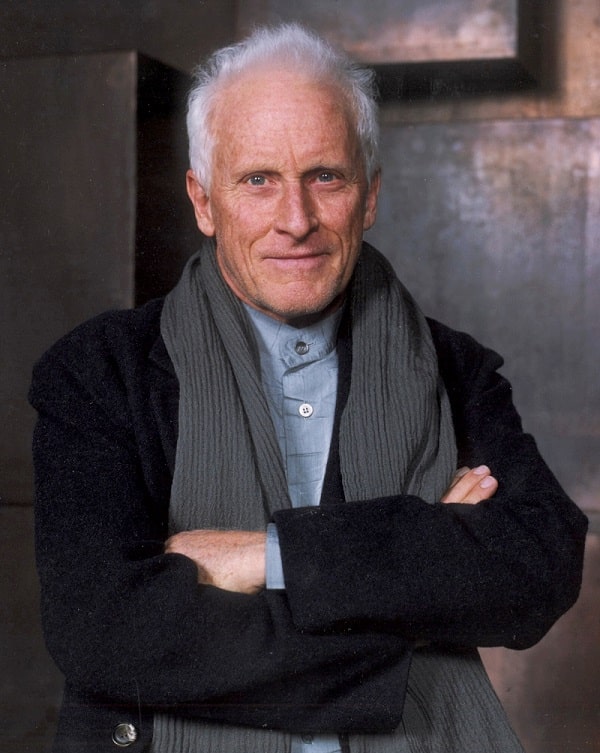
Born on June 24, 1936, in Lebanon, Missouri, USA, Predock graduated from Columbia University in 1962 with a degree in architecture. He established his architectural firm, Antoine Predock Architect PC, based in Albuquerque, New Mexico, where he embarked on a prolific career over six decades.
Predock’s portfolio included various projects, from museums and cultural centres to academic buildings and private residences. His notable works include the Canadian Museum for Human Rights in Winnipeg, Manitoba; the National Palace Museum Southern Branch in Chiayi, Taiwan; the University of California, Davis’s Shrem Museum of Art, the Music Department complex at the University of California, Santa Cruz (UCSC). Each project reflected Predock’s deep understanding of the site and its context, resulting in an integrated architecture with the surrounding landscape.

Throughout his career, Predock received numerous awards and honours for his contribution to architecture, including the American Institute of Architects (AIA) Gold Medal in 2006, one of the highest honours in the field. He was also a Fellow of the American Institute of Architects, the Royal Institute of British Architects, and the Royal Architectural Institute of Canada.
Predock’s legacy extends beyond his built works, influencing generations of architects and designers with his innovative vision and commitment to excellence. His passing leaves a void in the architectural community, but his legacy will continue to inspire and shape the future of architecture for years to come.
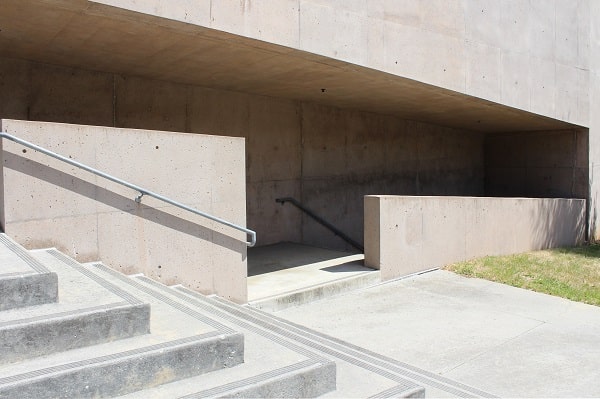
A unique blend of modernist principles, regionalism, and contextual sensitivity characterized Antoine Predock’s architectural style. His designs often evoked a sense of place, integrating the surrounding landscape and cultural context into his buildings. Some vital aspects of Predock’s architectural style are discussed below:
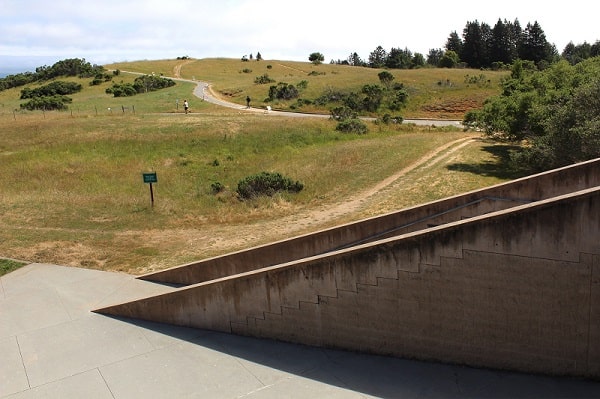
Contextualism: Predock’s designs were deeply influenced by the site and surroundings. He paid close attention to each project location’s topography, climate, history, and cultural context. His buildings often responded to the site’s natural features, such as mountains, rivers, or desert landscapes, creating a solid connection between architecture and the environment.
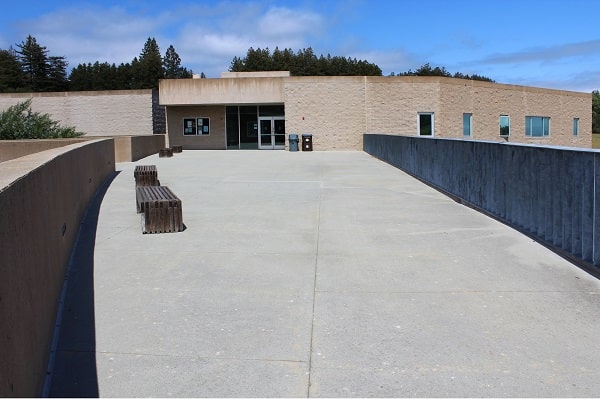
Sculptural Forms: Predock was known for creating buildings with bold, sculptural forms that stood out in their surroundings. His designs often featured dynamic geometries, asymmetrical compositions, and dramatic cantilevers, giving his buildings a sense of movement and energy.
Materiality: Predock utilized various materials in his designs, often drawing from local or regional building traditions. He combined modern materials like glass, steel, and concrete with traditional materials like wood, stone, and adobe, creating rich textures and contrasts within his buildings.
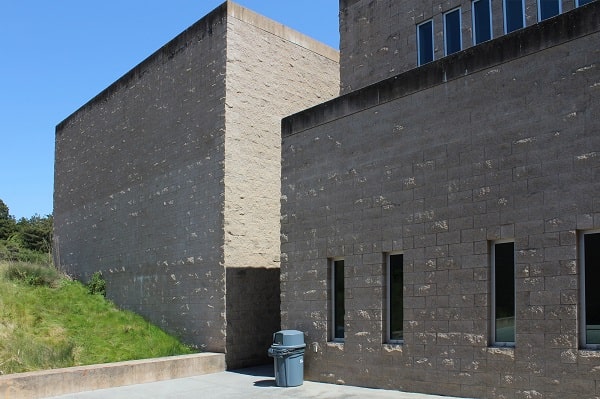
Spatial Experience: Predock’s architecture prioritized the experiential quality of space. He carefully manipulated light, shadow, and scale to create dynamic, immersive environments engaging the senses. His buildings often featured dramatic interior spaces and carefully curated views of the surrounding landscape.
Cultural Expression: Predock’s designs frequently reflected their context’s cultural identity and heritage. He drew inspiration from local architectural traditions, indigenous cultures, and historical narratives, integrating symbolic references into his buildings.
Sustainability: While not always overtly expressed, sustainability was an underlying principle in Predock’s work. He strove to create environmentally sensitive and responsive buildings, optimizing natural light, ventilation, and energy efficiency wherever possible.
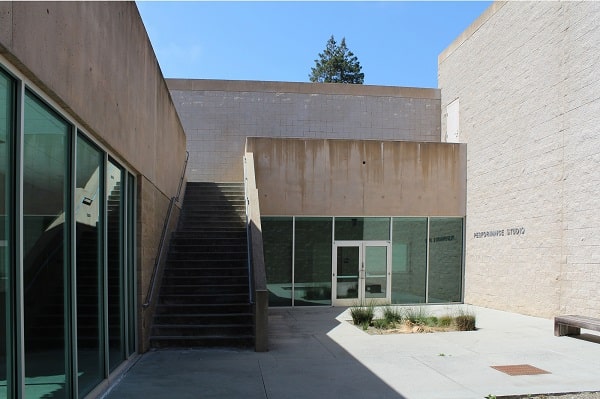
A Chance Encounter at UCSC
The author has a chance to visit the Antoine Predock-designed Music Department complex of the University of California, Santa Cruz, on May 23, 2018. It was, in fact, a chance discovery for me. We were on a site-seeing mission to UCSC, and while roaming in the wooded campus of the university, we confronted a sunken building complex with a dominating exposed concrete block of the Recital Hall. Sensing something spectacular, I asked my travel companions (my wife and a friend) to stop and park the car in a large parking lot near the complex. Since my other fellows were not architects and thus not interested in architecture, I went alone to see the complex. To my surprise, no one stopped me from entering the department, as is usual in the USA. I was so absorbed in the built environment that I spent about 2 hours feeling and enjoying the ambience. I clicked many photographs. Before that, I did not know about its architect, Antoine Predock. The built environment of the Music Centre imprinted a permanent mark in my memory. After that, I started knowing about the architect. Now, when I read the news of his demise on March 2, 2024, I felt as if it was a personal loss to me. So, I decided to share my photographs of the Music Centre and pay my respects to the legendary architect Antoine Predock.
Music Department UCSC
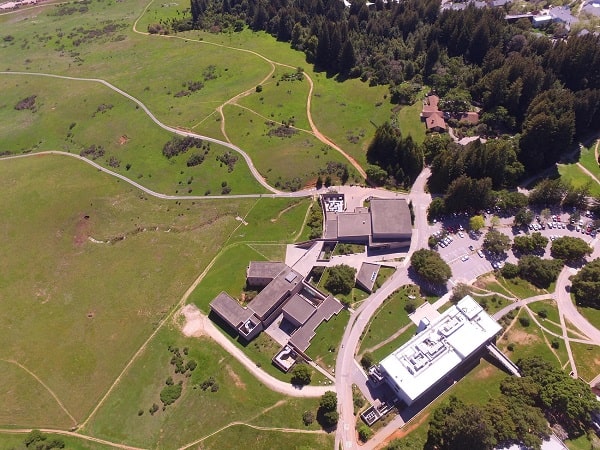
The Music Department complex at the University of California, Santa Cruz, designed by Antoine Predock, embodies several vital architectural concepts that reflect the site’s natural landscape and cultural context. Predock’s design for the Music Department complex integrates seamlessly with the university’s ethos of environmental stewardship and innovation. Here are some critical aspects of its architectural concept:
Integration with Nature: Predock’s design harmonizes with the surrounding natural environment. The complex is nestled within the campus’s wooded landscape, blending with the trees and topography. Rather than imposing itself on the site, the architecture complements and enhances the natural beauty of the setting.

Organic Forms and Materials: Predock used organic forms and materials that evoke the natural world. The Music Department complex features flowing, curvilinear shapes that mimic the contours of the land. Earthy materials such as wood, stone, and glass create a warm, inviting atmosphere reflecting the campus’s sustainability commitment.
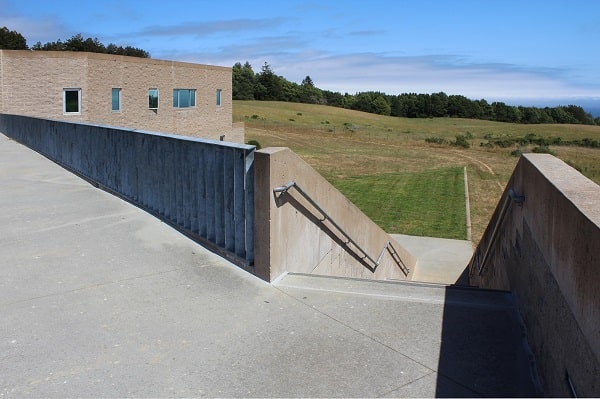
Spatial Dynamics: Predock’s design prioritizes the experiential quality of space. The complex comprises interconnected buildings and outdoor spaces that encourage movement and interaction. Indoor spaces are carefully configured to optimize acoustics and natural light, creating a dynamic and immersive environment for music students and faculty.

Cultural Context: Predock’s design for the Music Department complex pays homage to the cultural context of Santa Cruz and the university community. The architecture reflects the region’s rich history and artistic traditions while embodying the university’s commitment to innovation and creativity.
Sustainable Design: Sustainability is a central aspect of Predock’s architectural philosophy. The Music Department complex incorporates sustainable design features such as passive heating and cooling, daylighting, and rainwater harvesting. These elements not only reduce the environmental impact of the building but also contribute to a healthier and more comfortable learning environment.
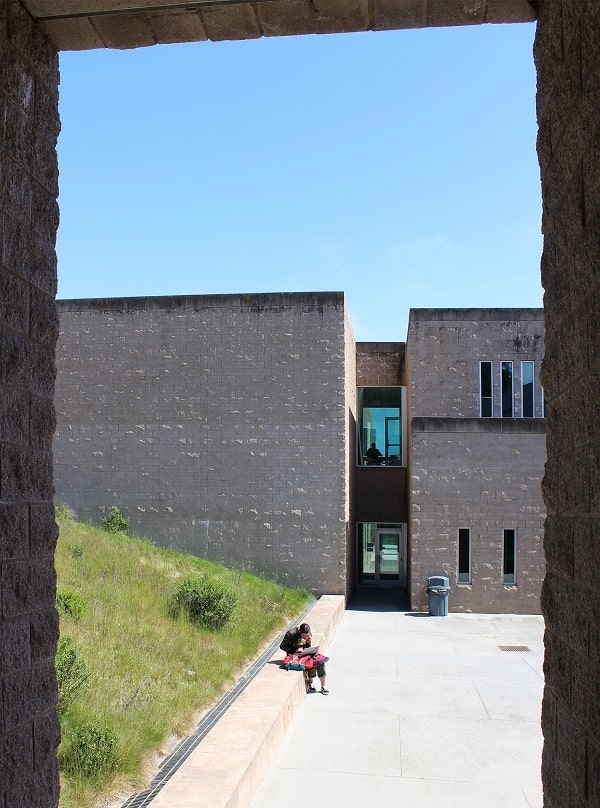
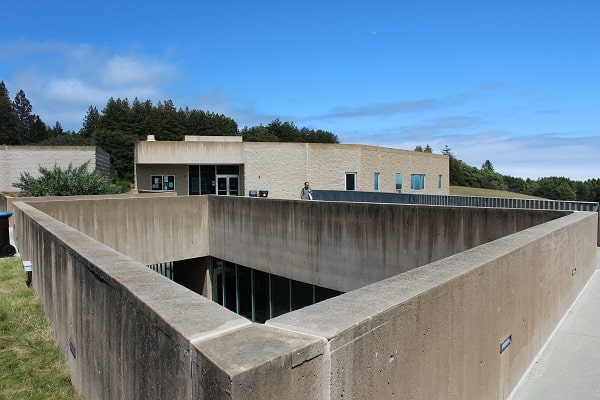
In brief, the Antoine Predock-designed Music Department complex at the University of California, Santa Cruz, is a testament to the integration of architecture, nature, and culture. It serves as a vibrant hub for musical education and performance while embodying the university’s values of sustainability and innovation.
A Tribute
In memory of Antoine Predock, we honour a visionary architect whose creative genius transformed the built environment and enriched the lives of countless individuals worldwide. Predock’s architecture was more than just structures; it was poetry in concrete and steel, a harmonious dance between form and function, nature and culture.
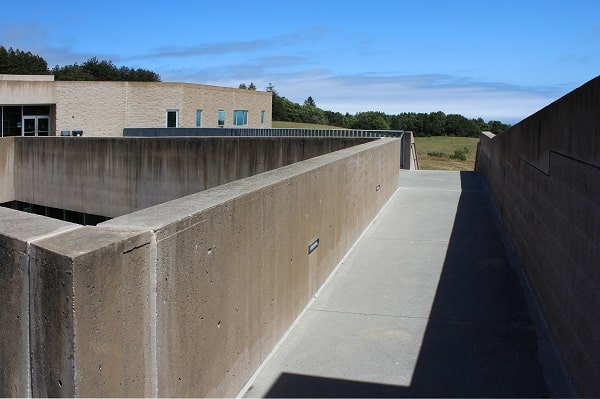
Predock’s designs were imbued with a sense of wonder and reverence for the natural world, reflecting his deep appreciation for the beauty and complexity of the environment. Whether nestled in the rugged landscapes of the American Southwest or overlooking the vast expanse of the Canadian grasslands, his buildings celebrated the spirit of place, weaving together elements of history, geography, and culture into timeless works of art.
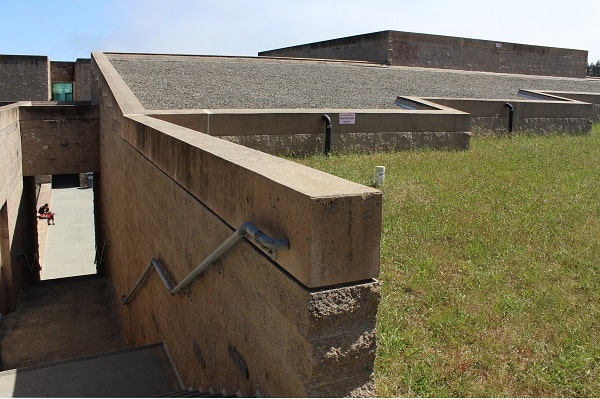
But perhaps Predock’s most significant legacy lies in his ability to inspire and provoke, challenging us to see the world with new eyes and reimagine the possibilities of architecture. His bold vision and unwavering commitment to innovation pushed the boundaries of the discipline, leaving an indelible mark on the architectural landscape.
As we mourn the loss of Antoine Predock, let us also celebrate his extraordinary life and legacy. May his spirit of creativity, curiosity, and compassion continue to guide and inspire us in pursuing beauty, harmony, and meaning in the built environment.
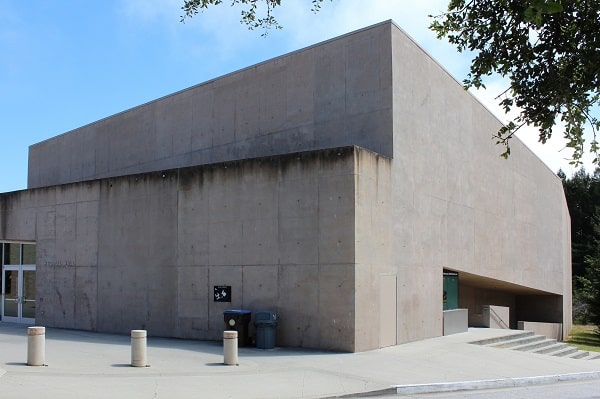
All photos are by the author except where mentioned.
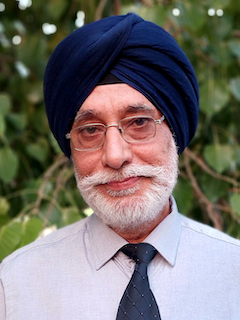
Sarbjit Bahga (b1957) is a Chandigarh-based architect, author, photo artist, and archivist. He is the Principal Architect of Bahga Design Studio LLP. Earlier, Bahga worked in the Department of Architecture, Punjab, Punjab Health Systems Corporation, and Punjab Mandi Board in various positions.
He has more than 42 years of practical experience designing various types of buildings, complexes, and large campuses. His completed works include an eclectic range of administrative, recreational, educational, medical, residential, commercial, and agricultural buildings. A monograph on his selected works titled “MODERN REGIONALISM: The Architecture of Sarbjit Bahga” has been published.
Bahga is also a keen researcher and a prolific architectural writer. He has 12 books to his credit, which include Modern Architecture in India, New Indian Homes, Le Corbusier, and Pierre Jeanneret: The Indian Architecture, Trees in Urban Habitat, Landscaping Human Habitat, New Indian Architecture -1947-2020, and Hand-Drawn Perspectives and Sketches. Bahga’s contribution to architecture has been largely recognized. He is a three-time recipient of the World Architecture Community Awards. His name has been featured in the Guinness Book of World Records for designing the “longest covered concrete corridor” in Vidya Sagar Institute of Mental Health, Amritsar.

